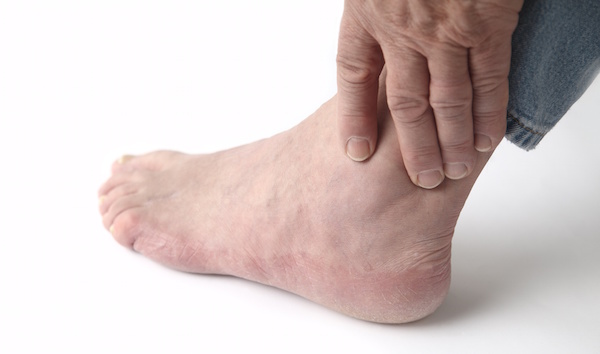
TUESDAY, May 10 (HealthDay News) — Osteoporosis is often undiagnosed and untreated in elderly heart failure patients, a new study finds.
Canadian researchers looked at 623 heart failure patients, average age 69, and found that 12 percent of them had moderate to severe compression fractures in the spine, and 55 percent of those patients had multiple spinal fractures.
Spinal fractures are a sign of osteoporosis, but only 15 percent of the heart failure patients with spinal fractures were being treated for osteoporosis, the investigators found.
After accounting for a number of other risk factors for osteoporosis, the researchers concluded that heart failure patients who also had a heart rhythm disorder called atrial fibrillation were twice as likely to have spinal fractures as those with normal heart rhythms.
The study is published May 10 in the journal Circulation: Heart Failure.
“Osteoporosis is an infrequently recognized and undertreated comorbidity of heart failure,” lead author Dr. Kristin J. Lyons, chief medical resident in the department of medicine at the University of Alberta in Edmonton, said in a journal news release.
Osteoporosis, a disease common in older women, weakens bones, making them more likely to break. Spinal fractures in heart failure patients are easily detected through chest X-rays.
“While reviewing chest X-rays to look at the heart and lungs, physicians also need to look carefully at the bones,” study senior author Dr. Justin E. Ezekowitz, an assistant professor at the Mazankowski Alberta Heart Institute at the University of Alberta, Edmonton, said in the news release.
“If fractures are found, patients need to be treated with dietary modification, exercise and, if indicated, osteoporosis medications. Treatment can reduce future fractures by as much as 50 percent,” he added.
It’s possible that high levels of the hormone aldosterone might explain the relationship between chronic heart failure, osteoporosis and atrial fibrillation, the authors stated, noting future research could confirm or refute that theory.
They also acknowledge that their study has limitations. The chest X-rays weren’t specifically intended to diagnose spinal fractures, and the researchers didn’t perform bone mineral density tests, a common method of detecting osteoporosis.
More information
The U.S. National Heart, Lung, and Blood Institute has more about heart failure.

